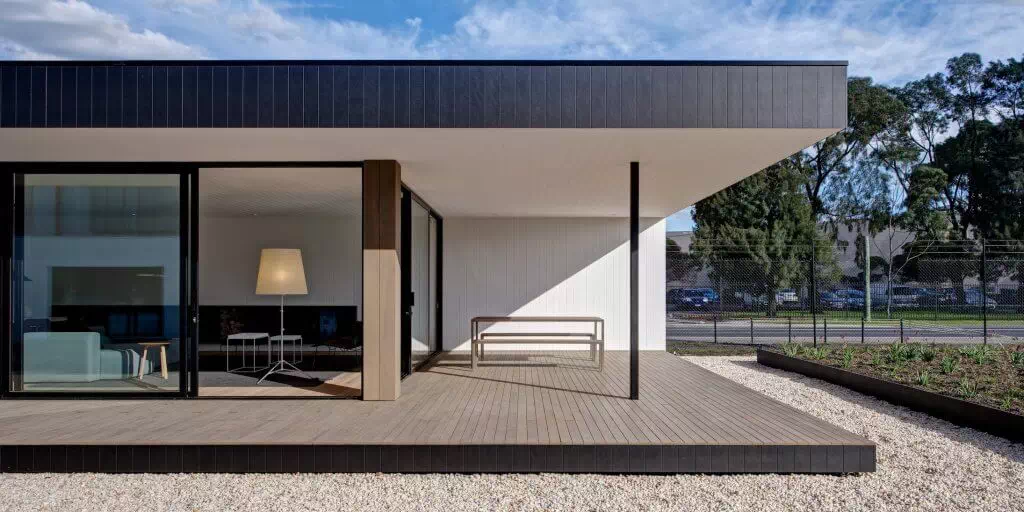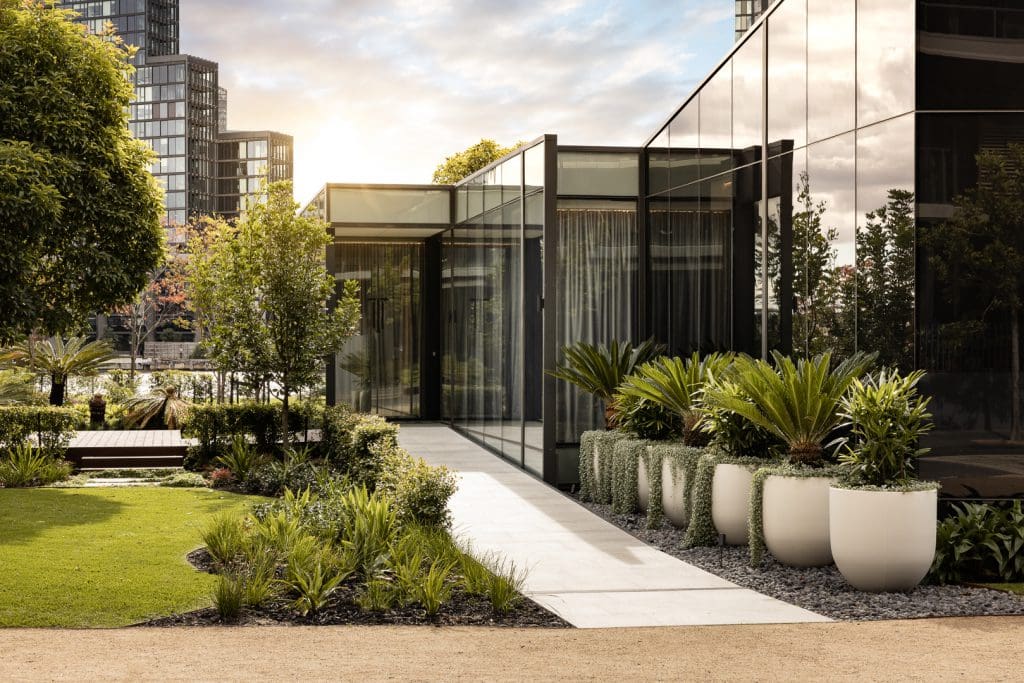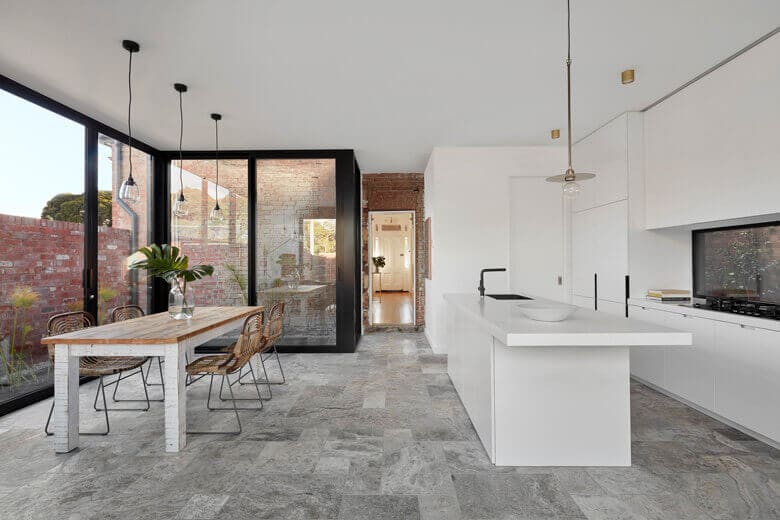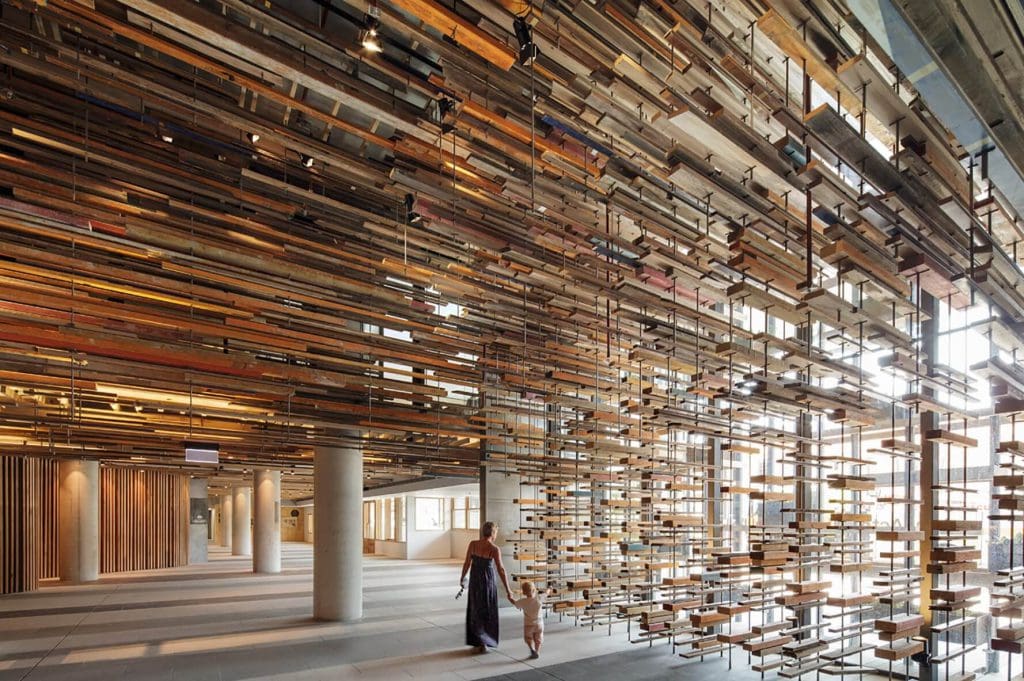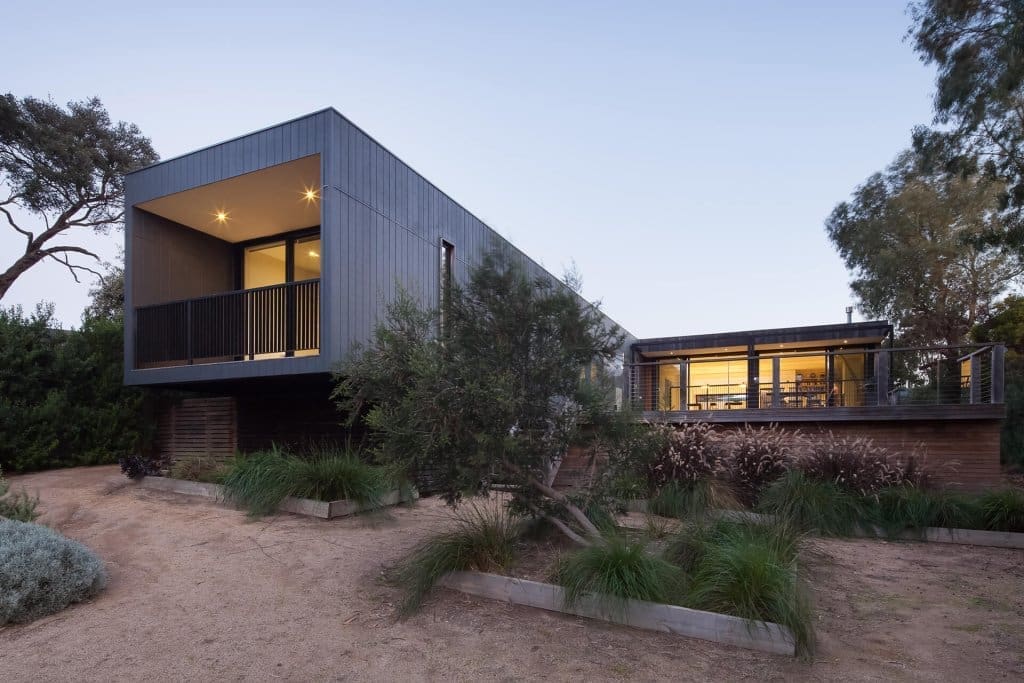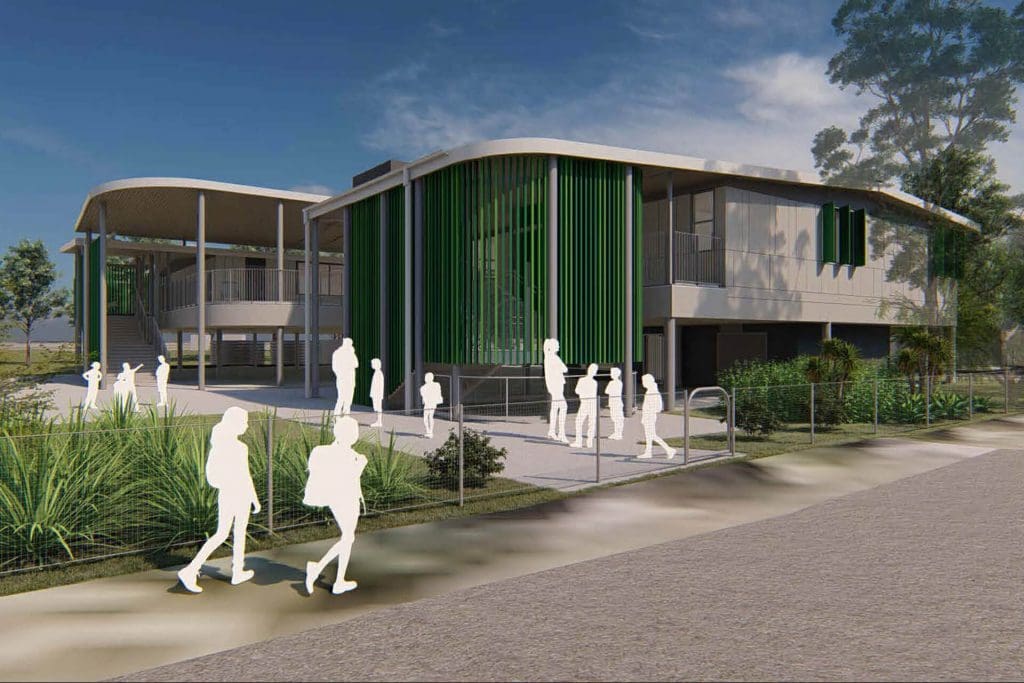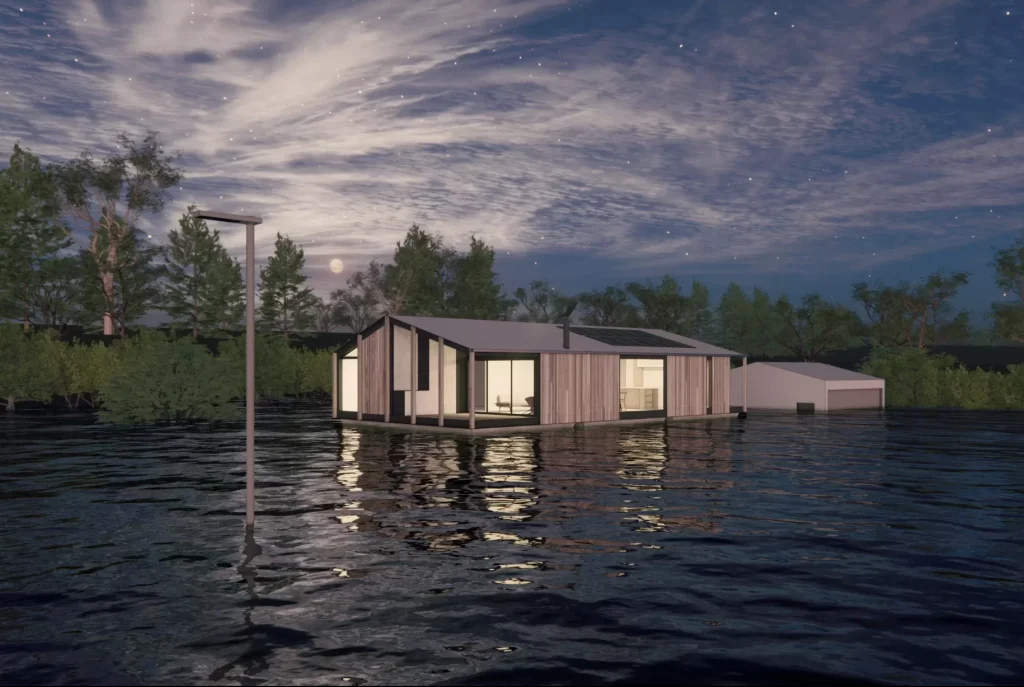What To Do On A South-facing Block: Layout Tips And Tricks
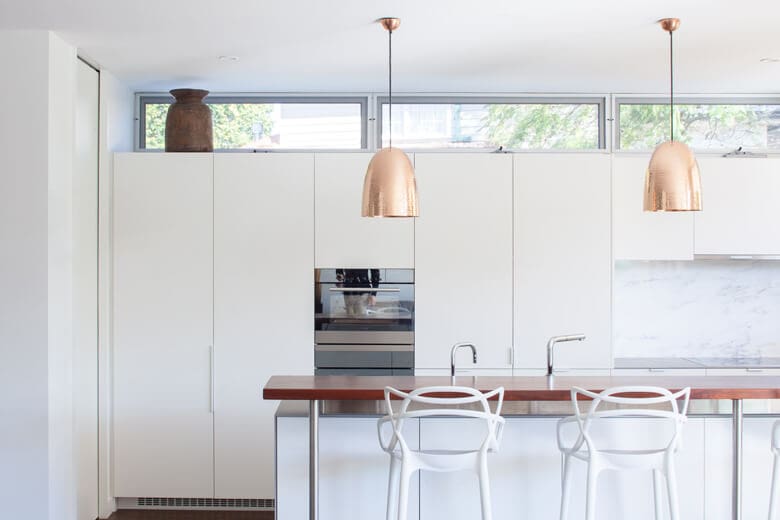
For Australian conditions the north and north-east facing block has always been the most popular option when orientating your home – receiving the most direct sunlight throughout the day and bringing the benefit of passive heating. But what if you have found a site with a wonderful view to the south? Or the site on the south side of the street is thousands of dollars cheaper? These days the favoured north facing block is getting harder to obtain or may simply not be the best option. As a consequence, the rule of thumb for block orientation is now becoming less rigid as many people take into account a range of block factors.
Most south-facing blocks don’t receive any direct sunlight in winter and only late afternoon and early morning sunlight during summer. This has usually led to dark and cold home interiors – especially if windows aren’t prominent in the house design (i.e., terrace houses).
But if presented with a south-facing block, fear not – you can still have a pleasant home that is filled with sunlight and warmth. The trick with southerly aspects is how best to work with the available light; how to create interior light, how to borrow light and how to reflect light.
Modular answers
Courtyards
One way to bring enormous amounts of sunlight and warmth is to have an internal courtyard included as part of your home design. These courtyards have been utilised in architectural designs for thousands of years and are particularly beneficial if you have a small block size or are squeezed between other structures. Warehouses, inner city blocks and cheek-to-jowl estates can all benefit from the addition of such courtyards and the results can be stunning when designers and builders are allowed to play with light and design.
When designed properly, internal courtyards should induce airflow as well as distribute light and can they help an entire house regulate its temperature. Aesthetically, interior courtyards are a wonderful way to bring greenery to your interior spaces, while making your home lighter and more airy. Incorporating outdoor feature lighting at night can even create a sense of resort style of living. With additions such as large operable glass doors, interior courtyards can achieve a flowing relationship with indoor and outdoor spaces and allow families to benefit from the outdoors, regardless of the time of day.
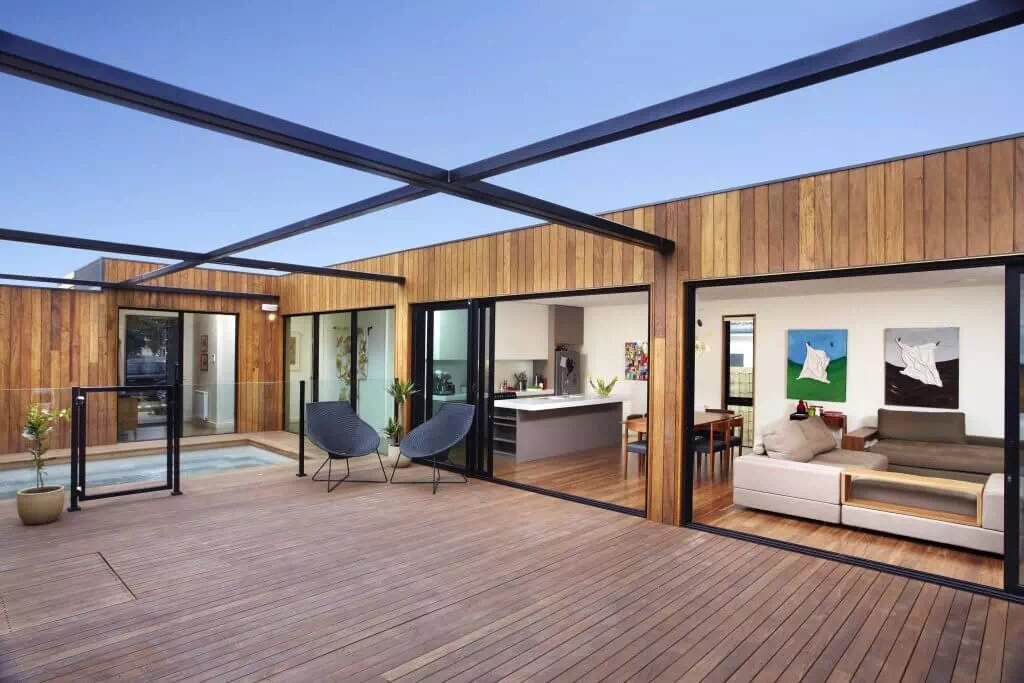
Clerestories
Much like interior courtyards, clerestories have been included in all manner of architecture for thousands of years, particularly in temples. They are considered to be any row of windows well above eye level that can capture light at different angles and heights to your normal window arrangements. Whereas lower windows can let in sun in a direct and sometimes harsh way, a row of windows up high lets in more ambient light and can also greatly aid airflow if they are able to be opened. For south-facing blocks, clerestories can bring northern light through from external walls and pass it via internal walls, greatly reducing the need for interior lighting. Often they give a lovely sense of the passing day and from a functional perspective free up walls from having as many lower windows – allowing the walls to serve other functions such as hanging art or supporting bookshelves. They also work particularly well if you have an unsavoury view but still want to bring light deep into the home.
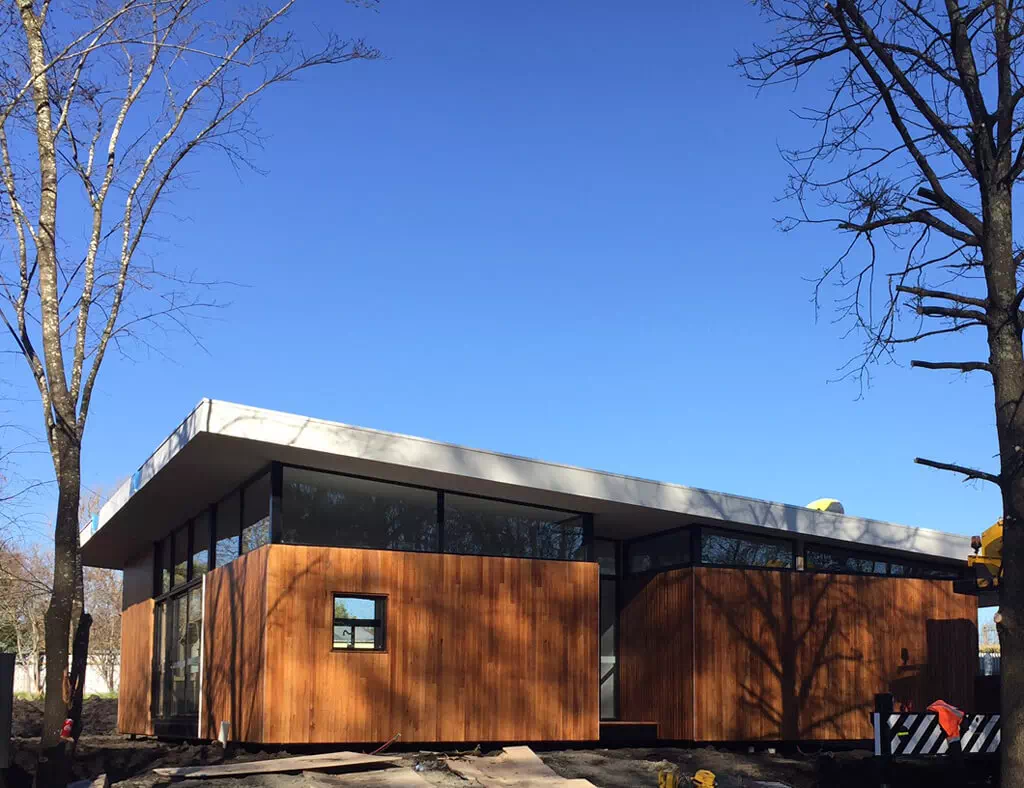
Working with light
If your site doesn’t allow for an internal courtyard, there are still plenty of additional ways to welcome more light into a south-facing home. Skylights, for instance, can capture light from directly above and intensify the light as it moves lower into your house via highly reflective surfaces. Similarly, strategically placed staircases can flood lower levels with light from second-storey north facing windows. Even light-coloured paint on key walls and ceilings can have a drastic impact on how bright a room can be, with mirrors always being a great option for rooms if you need to transport and reflect light.
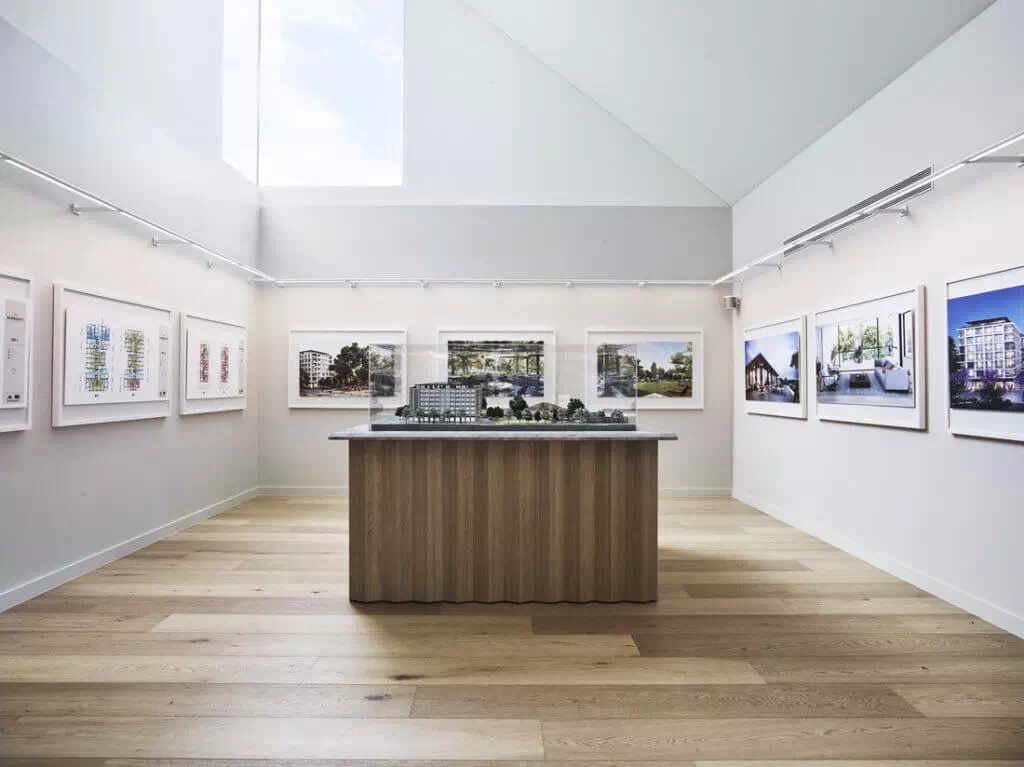
Final tip: Regardless of the direction of your block, you should seriously consider double-glazed windows coupled with a high level of insulation in the walls, floor and ceiling. Having a highly-insulated shell will unquestionably create a more comfortable, healthy and environmentally sustainable home.
